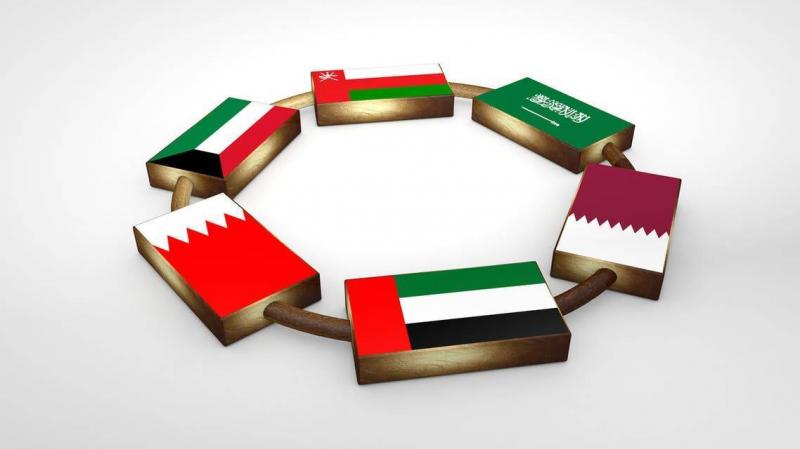After an increase in Gulf bond and sukuk issuances over two consecutive years, there was a decline again last year due to a decrease in government issuances for two consecutive years, while corporate issuances grew for the sixth straight year. The average crude oil prices, which reached the highest recorded levels in three years at $70.9 per barrel, were among the main reasons for the decline in government issuances during 2021. On the other hand, the recovery of economic activity following the COVID-19 pandemic restrictions encouraged private sector investments, leading to an increase in issuances during the year, according to a report by Kamco Invest on the Gulf fixed income market in 2021.
In terms of the type of debt instrument issued, sukuk issuances in the Gulf increased for the third consecutive year, reaching an all-time high of $57.2 billion in 2021, compared to $52.1 billion in 2020. Conversely, bond issuances declined for the first time since 2018, totaling $89.5 billion in 2021, down from $99 billion in 2020. The total value of Gulf issuances was $146.7 billion in 2021, compared to $151.1 billion in 2020, according to Al-Anbaa newspaper in Kuwait.
In terms of the Middle East region, bond issuances in the Middle East and North Africa increased for the third consecutive year in 2021, reaching a new record. The growth in issuances was primarily driven by Egyptian government bond issuances, which reached a record high during the year. The total bonds issued by Middle Eastern and North African countries rose by 2.2% to $176.2 billion in 2021, compared to $172.4 billion in 2020. Meanwhile, bond issuances from Gulf Cooperation Council countries totaled $89.5 billion in 2021, down from $99.0 billion in 2020, while non-Gulf countries in the Middle East and North Africa recorded an 18.1% growth, with issuances valued at $86.7 billion in 2021, compared to $73.4 billion in 2020.




